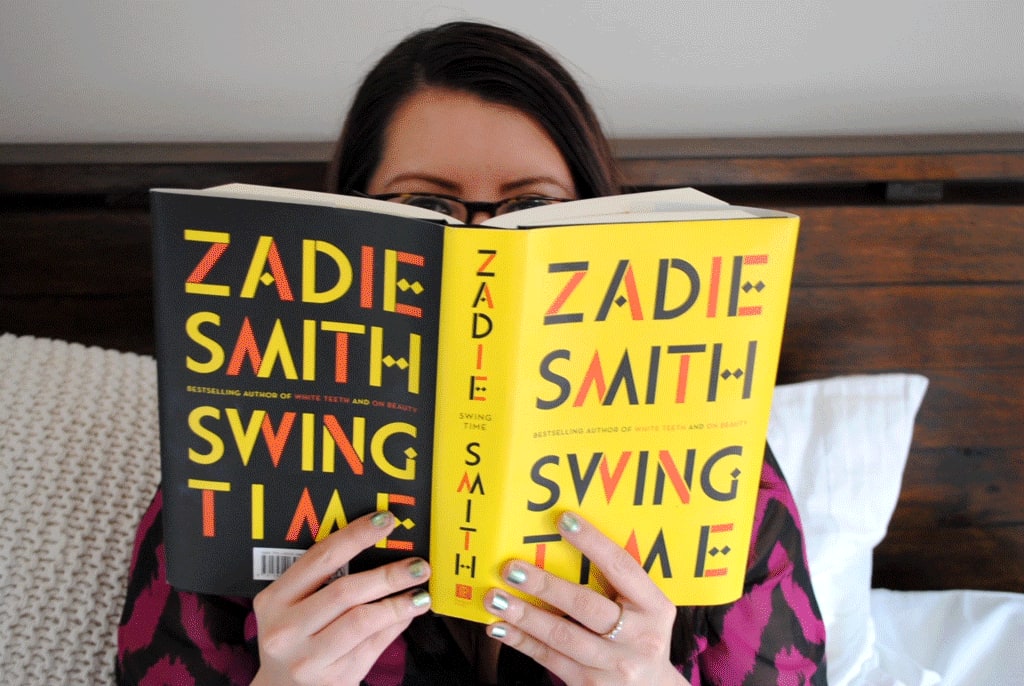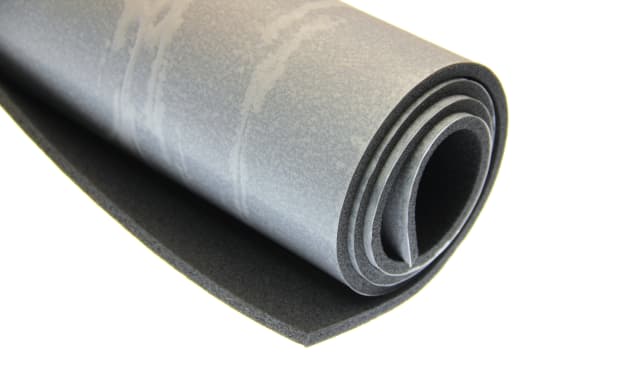Techniques To Increase Your Reading Speed Within a Week
Don't re-read that! Just keep reading and trust the process.

How much would your life improve by being able to read significantly faster than you ever have? It’s possible for you to read up to 300 times faster by simply using a few methods. It may take some practice to master it, but what you’ll be able to learn will make it well worth it. Get the technique down, increase speed, and then test your comprehension.
When you begin reading, form questions in your mind about what you want to accomplish from reading the text. Are you looking to poach specific information or gain a general overview? What would you like to be able to address when you’re done reading?
To know that you have effectively increased your reading speed, get technical and learn how many words per minute you can read. You can improve what you measure. Check in with yourself regularly to maintain and increase your reading speed.
Pair a good topic with a time and place to read.
If you truly want to read faster, read topics you truly enjoy. If you haven’t already, find topics you have passion or enthusiasm for. This is going to help you quickly read and comprehend the subjects you don’t find interesting. Some people find that reading earlier in the day allows for better comprehension while others read at night. Find the time of day that works best for you. However, avoid reading in places where you normally give your mind and body the cue to relax.
Headlines, Headlines, Headlines
Familiarize yourself with the context of what you’re reading by scanning through the headlines. Read the table of contents whenever available. The headlines or chapters will inform you of the grand topic that will be covered. From there, decide what you want to glean from the text. This way your eyes are more likely to notice the information you came looking for.
Fix Your Fixation
In order to read faster, you need to reduce the length of time and frequency that you are fixated on a word. Focus on your eye scan speed from left to right. Feel yourself controlling your eye muscle movement. Practice drills which allow you to gather more words per fixation.
One drill is to expand your peripheral vision by starting two words in on each line. End each line two words from the last word. Continue reading at this pace until you’ve adjusted. Keep doing this until you’re able to read three or four words in. Aim to scan each line for approximately one second. You may feel that you’re reading smoothly as you go from word to word. In reality, you read in saccadic movements, briefly impressing each word upon your mind.
Subvocalization will slow down your reading. This is also known as auditory reassurance. Try to avoid reading each word silently in your head. You’ll be able to comprehend what you’re reading by paying attention to your peripheral vision. Focus on scanning blocks of words rather than focusing on each individual word.
Give yourself a preview of what you’re about to read by scanning through the entire text or page you plan to read. Pay special attention to headings, bullet points, and special fonts. Review any graphs or images and observe how they apply to the text.
Here are a few tools to help improve your reading speed:
- Spreeder
- Spritz
- ReadMe!
- Acceleread
- ReadingSoft.com
Avoid re-reading.
Re-reading text you have already read can really slow your reading down. This is also called regression or back-skipping. Regression is simply a habit that can be changed. When reading, trust that you’re capturing the information and simply continue scanning in chunks. To avoid re-reading, simply breeze through the text focusing on the eye movement mentioned before. Only slow down when you feel you’re on an important section of the text.
Trust that you will understand what you’re reading until you finish the paragraph or the page. If you still don’t understand what you’ve read at this point, then go back for more analytical reading. Regression becomes a habit because you don’t believe that your brain has captured the information, so you go back and re-read just to be sure.
If you only need general information, lightly scan the introduction and conclusion of the text. These areas typically give a general synopsis rather than detailing specific points. After you’ve read, write down a few points which summarize what you learned.
Reading more books can impact your life more than you can imagine.






Comments
There are no comments for this story
Be the first to respond and start the conversation.